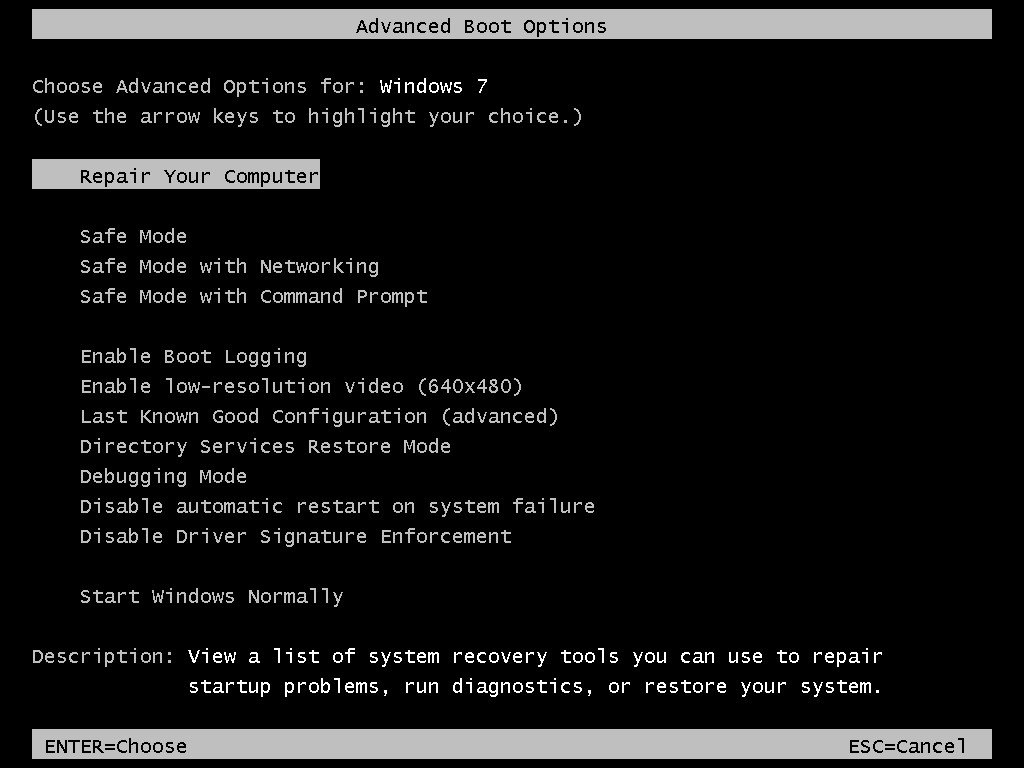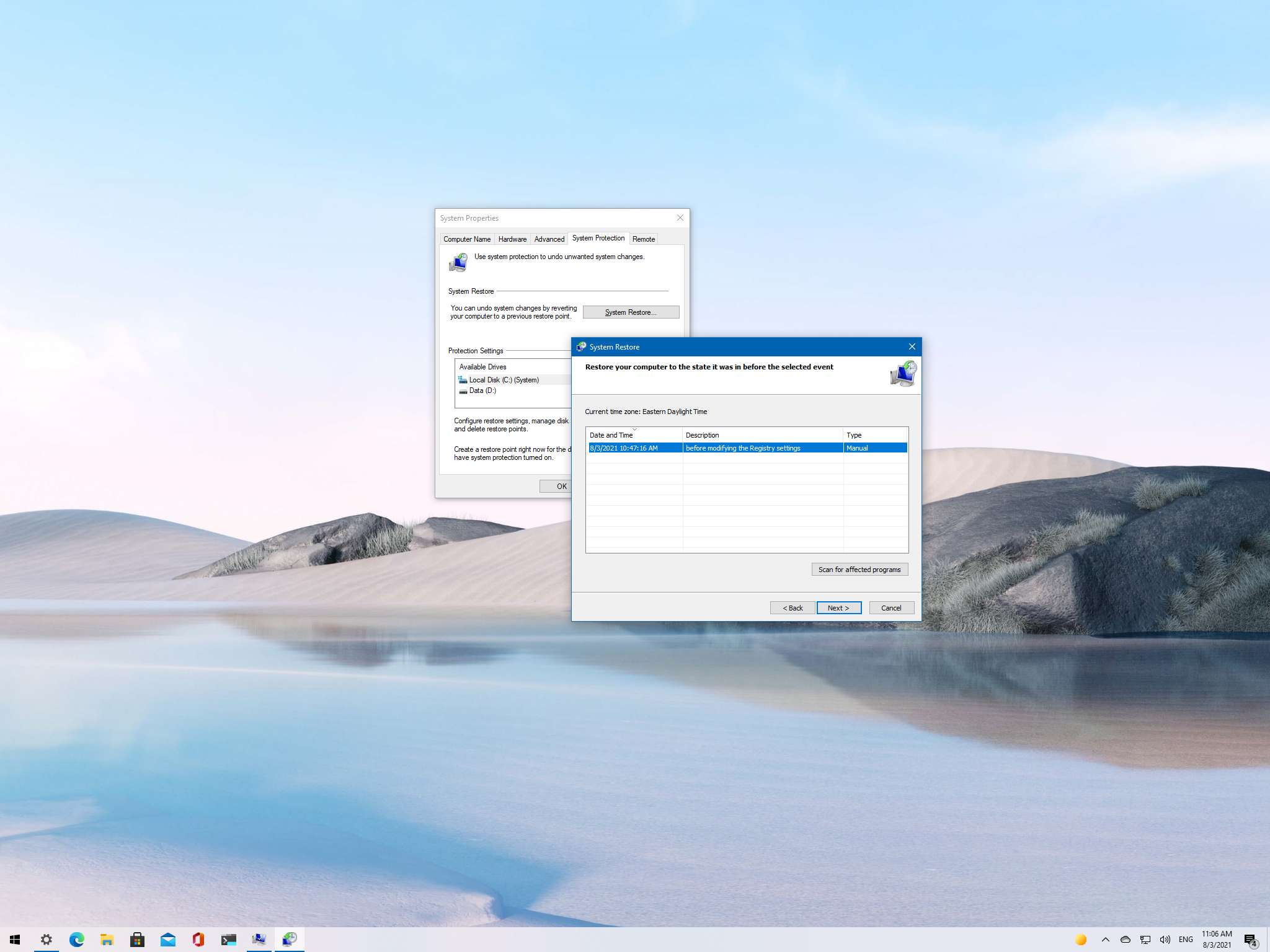

- System recovery windows 10 on laptops how to#
- System recovery windows 10 on laptops drivers#
- System recovery windows 10 on laptops update#
- System recovery windows 10 on laptops software#
Choose «Full analysis» and wait for the disk scanning procedure to finish. Double-click on the disk or the area from which you need to recover files and select analysis type (in our case, this area is a non-formatted area).Wait until the recovery process is complete and restart the computer.The recovery program will do the rest automatically. In the menu that appears, select in the menu Troubleshooting / Computer recovery.Restart the computer and confirm booting from the CD.Insert a Windows installation disk into the DVD drive (or connect it to a USB port).Go to BIOS or UEFI to change the boot sequence so that the operating system boots from CD, DVD or USB disc (depending on your installation disk media).Recover The Windows 10 Using an Installation DiskĪre you looking for a way to recover the Windows 10 using an installation disk? Just do the following: After recovery, you get an exact copy of the system as it was at the time of creating the image. Important information: You should create an image only on a properly working system without viruses or errors. The proper method is to go to BIOS, change the boot sequence so that the media containing the system image goes first and then restart the computer. Do not start the system recovery disk from the Windows which is being used at the moment. Follow its recommendation to create an image and record it onto a DVD disk or a USB drive.

System recovery windows 10 on laptops how to#

System recovery windows 10 on laptops update#
System recovery windows 10 on laptops drivers#
System restore reverts drivers installed since the restore point was created. This makes system restore a great place to start when you're having a problem and don't know how to fix it. Your data, documents, and most programs won't be changed.
System recovery windows 10 on laptops software#
This will undo system settings, changes from Windows Update, and changes from newly installed software (including removing software installed since that restore point). You can make restore points manually, but Windows will also make them automatically. System restore rolls your system files back to a restore point from a previous date. See the information on System Restore in the following Article for help with Windows 7 or Windows 8. Note: This article is specific to Windows 10.


 0 kommentar(er)
0 kommentar(er)
